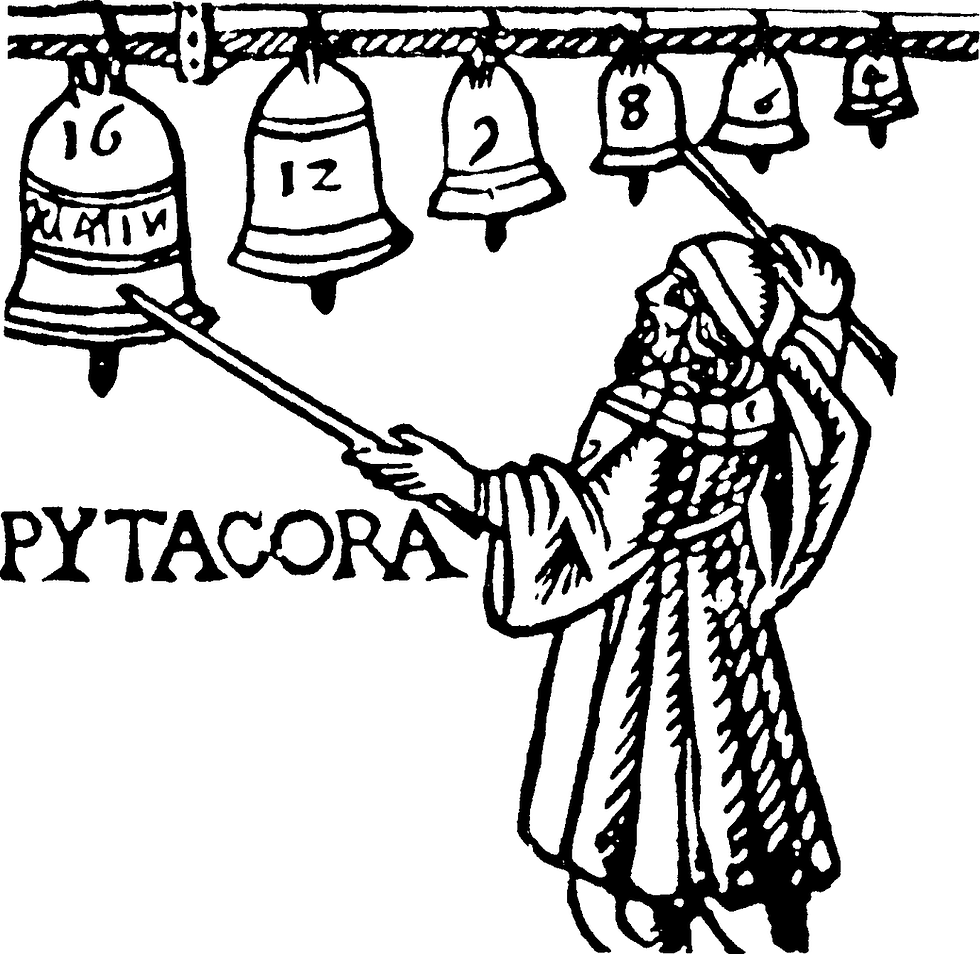Plato's Theory of the Forms
- Peter Critchley
- Sep 15, 2010
- 2 min read
Updated: Dec 31, 2020

Plato The theory of forms
Down through the Centuries, many philosophers, theologians and artists have been struck by the thought that what we seem to see around us is not the 'ultimate' reality, but that the real world is somehow hidden. They have suggested that, if we could only pull back the curtain that divides us from this reality, we would be confronted by something extraordinary.
The origin of this kind of thinking can be found in Plato's theory of forms.
What is the theory of forms? According to Plato, those objects that we seem to see around us - chairs and tables, trees and mountains, ants and planets - are not what is ultimately real. They are mere shadows or reflections of the truly real objects - the forms.
Take books, for example. According to Plato, each particular book is a fleeting reflection of a form: the form of 'book'.
There is also a form of the table, a form of the chair, and so on. These forms differ from the particular tables and chairs we observe around us in a number of important ways:
The forms are more real than are the particulars that 'partake' of them. Indeed, particular books derive what existence they have from the form of the book. If there was no form of the book, there could be no particular book.
The forms are eternal and unchanging. Particulars come and go. A particular tree grows, then dies, then rots and is gone. The form of the tree, by contrast, is eternal. It neither comes into being nor ceases to be. Nor do the forms change. Our ideas change, of course.
If Plato's forms exist, where are they? They are not located within the physical world. Nothing within sensible reality is ever perfect and everything is in a constant state of change. So the forms, if they exist, must exist on a higher plane. The forms, according to Plato, constitute an eternal, changeless, perfect reality - a domain more real than that revealed by our senses
One of Plato's key arguments for the forms is often referred to as the one-over-many argument.
The ultimate form - the form of the forms - lies at the apex of a hierarchical structure. Towards the bottom are particular, sensible objects - a particular cow, a particular bed, and so on. These objects cast shadows and create reflections. These shadows and reflections derive what existence they have from the particulars, of which they are mere fleeting, imperfect copies. But the physical objects are themselves mere fleeting copies of the higher forms, to which they in turn owe their existence. Finally, at the top of the pyramid, we find the form of the forms, upon which the forms in turn depend for their existence. The form of the form is that which all the other forms have in common. What they have in common is existence and perfection. So, the form of the good is the ultimate source of all existence and perfection. It is also, claims Plato, the ultimate source of all knowledge.


